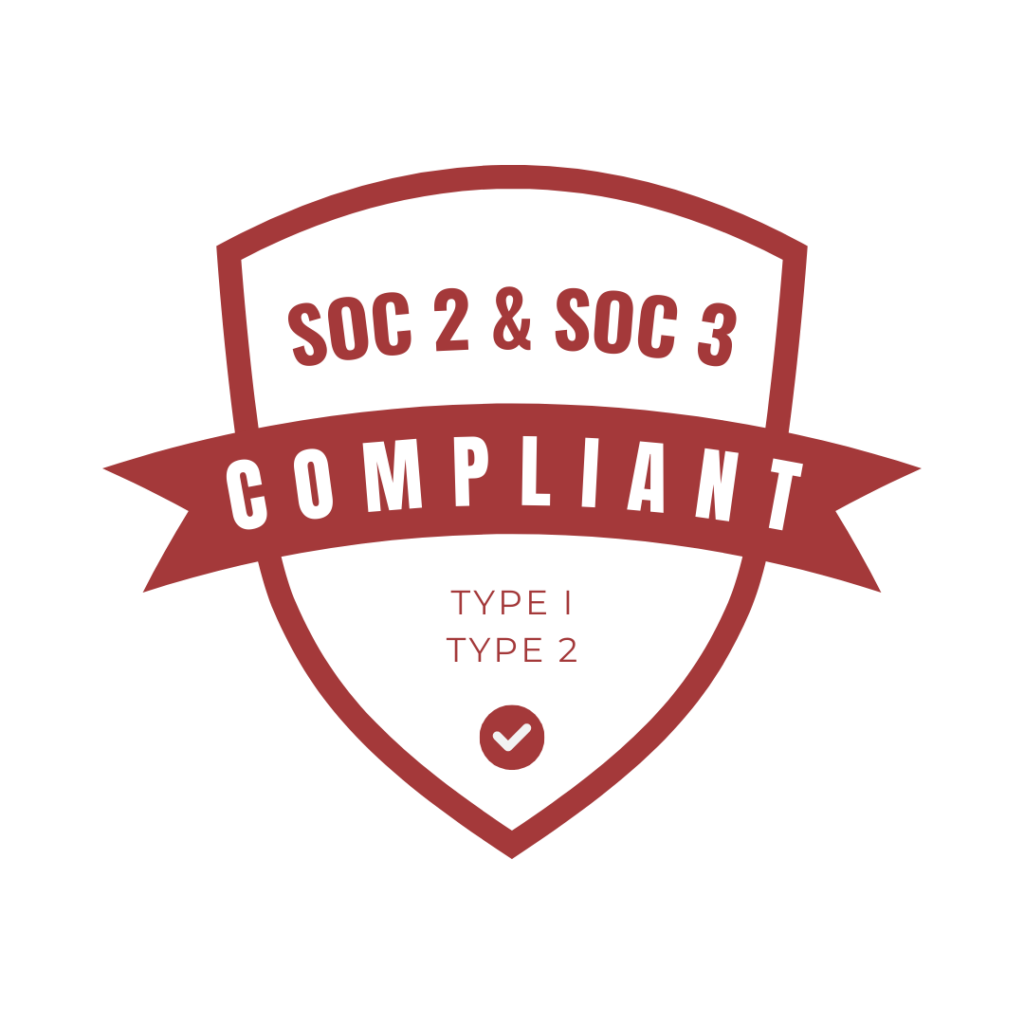
After over a year of travel advisories, stay-at-home orders, and remote work, travel is finally making a newsworthy comeback. With around 2 million air travelers a day, it’s no secret that leisure travel is picking back up again after the pandemic. But what about business travel? As of June, business travel had reached 40% of its pre-pandemic volume, but experts predict a bigger rebound this fall.
“Once you open business offices and get international markets opened, it’s going to be a very good run over the next 12 to 24 months,” says Delta Airlines CEO, Ed Bastian. By September, Delta predicts corporate travel will be back to 55-60% of 2019 – based, of course, on the logic that business travel levels will increase as the planned reopening of more physical offices commences after the long Labor Day weekend.
While business travel is recovering stronger and faster than initially expected, it looks a lot different than it did before the pandemic. Experts predict that the influx of new technology and work habits will continue to change the way companies conduct business, and especially the way they travel for business.
Changing the ”Why” and “When”
Having employees working from home for so long means many organizations like Atlassian, Amazon, Capital One, Facebook, and Microsoft have revamped and perfected their new ways of doing things and are switching to remote or a hybrid systems permanently. Rather than most employees working near a company hub, people can live elsewhere and travel back to hub for big meetings and projects. Because the distance between home office and corporate office is growing, we’re expecting to see an increase in business travel for internal meetings. “There will be people living in different parts of the country, maybe working remotely but still having to travel back to their main source of business,” says Ed Bastian.
Likewise, instead of organizations traveling somewhere new for work retreats, Bastian anticipates that more companies will host onsite retreats where employees will fly in from all over the country to the main location. This increasing blend of remote and in-person work is made possible by technological advancements and practices companies were forced to adopt during the pandemic.
Remote work is also impacting the way people travel – like, in general. Since employees are free to work from anywhere, they’re choosing to do that from home or even from another city (or country) altogether. Experts predict that there will be an increasing blend of business and leisure trips as more and more digital nomads work from new cities. Plus, there’s the rise in the “workcation” trend, where remote workers travel the globe while still holding down their 9-5. Add in the fact that these remote employees will now need to travel just to GET to the office (if there is one) for in-person meetings, and you can start to see how the remote trend is increasing the need for business travel and changing who needs to travel and how often – and it’s doing it all at once.
But why would new technology and a higher rate of work-from-home employees lead to an increase in business travel when there’s so much great technology to support full-on remote work? We know it sounds a bit counterintuitive, but despite all the advances with video chats and team-project platforms, face-to-face communication continues to be more effective, especially in the business world. Up to 93% of communication is through non-verbal cues. Between posture, eye contact, and other forms of body language that doesn’t translate well via video chat, it’s clear that virtual meetings aren’t a long-term solution for business meetings.
According to Medium, you’re 8% more likely to win in person deals than online. Meeting face-to-face allows you connect with people in a way that emails, calls, video chats, and texts fall short. In fact, the Oxford Economic Study found that the average US business would lose 17% of its profits the first year of eliminating business travel and that companies earn $12.50 for every dollar invested in in-person meetings. Plus, the Oxford Economic Study also found that “Both executives and business travelers estimate that roughly 40% of their prospective customers are converted to new customers with an in-person meeting compared to 16% without such a meeting.”
Going Touchless
New technological advances in airports will also change the way we travel forever. With increased focus on safety, speed, and efficiency in airports, TSA is rolling out touchless, automated ID scanners. LAX has already installed Credential Authentication Technology (CAT). CAT reduces touchpoint frequency will hopefully help with TSA’s understaffing problem. TSA has already deployed 1,500 CAT units nationwide. Furthermore, iOS15 is slated to add a digital ID to use at security checkpoints later this year.
Airports aren’t the only ones to offer contactless options. While many hotels introduced touchless sign-in and sign-out abilities through apps, virtual card payments can offer an almost completely contactless hotel payment option. If you don’t have to swipe a card to check-in to your hotel, you don’t have to touch much.
Gant Product: Gant Strategic Pay (GSP) is Gant’s automated solution to the third-party hotel authorization process. GSP gives travelers access to a one-time-use virtual card number (VCN) that they can use to make hotel reservations through our integrated booking system. In addition to helping limit contact, it’s intended purpose was to serve as an alternative for travelers who don’t have a company card, so they don’t have to book their stay on their personal account and wait for reimbursement. Additionally, since GSP gives the traveler and hotel access to a single-use randomly generated credit card, it also helps mitigate the risk of credit card theft and fraud on the road. Companies can limit purchases by merchant category, total spend, spend type, and expiration date.
Requiring Vaccine Passports
A COVID Health/Vaccine Passport is documentation that an individual has either been vaccinated, recovered from COVID, or tested negative within the past three days. As of now, there isn’t a uniformed digital health passport for the entire United States, but different states and countries have started using their own versions. Many countries like France, Canada, and Spain have started allowing international travelers enter with proof of vaccination. Likewise, New York City now requires proof of vaccination or a negative COVID test for access to all indoor entertainment, dining, and fitness facilities in the city. Most places have a digital vaccine passport as well as a print version.
Reporting, Reporting, Reporting
Data has always played an instrumental role in managing a travel program. Since March 2020, that role has expanded dramatically. For those that were lucky enough to manage travel for a more relaxed corporate program pre- pandemic, your carefree days are likely dwindling, if they haven’t already stopped altogether. Tracking cancellations, airline vouchers and waivers, overall spend, COVID-19 outbreaks, and more just went from “important for highly-managed travel program” to “a must for any travel program.” Largely because Duty of Care is on the forefront of everyone’s minds, but also because money is tighter for a lot of companies after the last year and a half.
Keeping track of all these items requires access to data – lots of it. And not just access to data, but easy access to robust data with expert-level analytics to help you understand what all that raw data means to a program and policy. An influx of new travel reporting offerings are answering the call with integrated COVID details, live data dashboards, designed analytics, 24/7 access, custom data mapping, and AI-powered insights to help make the job of the travel manager a little easier as they work to re-imagine their company’s travel program within the new business travel landscape.
Gant Product: In light of COVID-19, we updated our Travelers on the Road tool to organizations better ensure duty of care. We extended the original Travelers on the Road window from seven days to 30 days to give travel champions a live geo-mapped view of where their travelers have been, are currently, and are going next. Champions are now able to see what remains active and what has been successfully canceled in our system for any specific location or for their travel program. In our standard GRID dashboards, we give you a live-data summary view of who on your team is currently travelling (and where they are), any recently cancelled air tickets and their voucher values, and a list of upcoming reservations – all with state-level COVID case data connected right into the reservation detail.
Although the industry has publicly struggled to handle the fast-paced, bust-then-boom cycle of travel that’s left it almost unrecognizable from the industry it was just two years ago, these and many other high-tech developments have been put in place (and continue to be put in place) and the traveler experience is steadily improving. The travel industry was long overdue for a systems overhaul, so maybe this COVID-19 pandemic “worst of times” will eventually be remembered as a “best of times” for travel tech and innovation. It’s certainly served as a great reminder of the integral role travel plays in doing business, the importance of a well-managed corporate travel program, and why the time and money invested into your program really is worth it in the end.
We don’t have a crystal ball, but these advances in travel technology are undoubtedly poised to continue to revolutionize business travel – for the better – for the foreseeable future.





